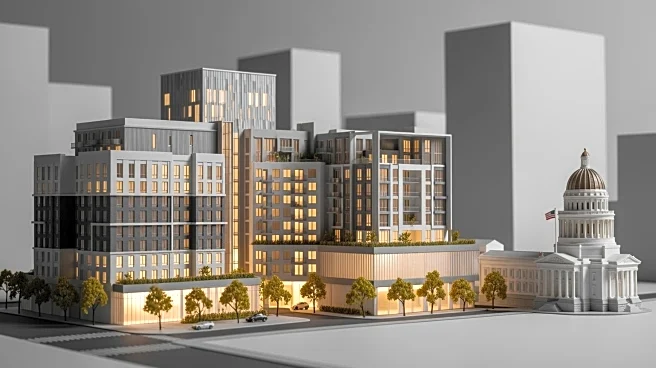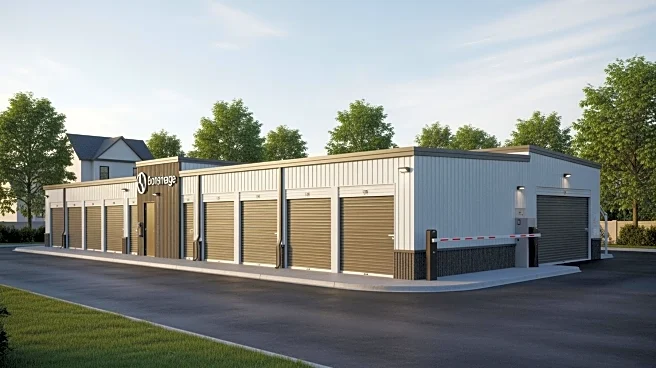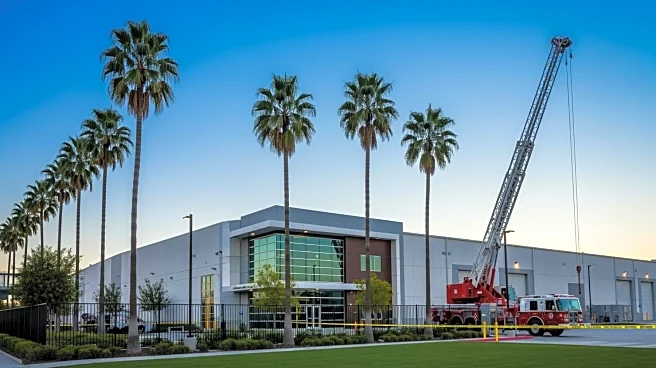What's Happening?
California's Senate Bill 92, introduced by Senator Catherine Blakespear, has been approved, amending the state's Density Bonus Law to limit benefits for mixed-use projects that include nonresidential uses.
The bill restricts concessions, incentives, and waivers for projects with commercial components, such as hotels and motels, except for residential hotels. Starting January 1, 2026, projects cannot exceed a commercial floor area ratio more than two and a half times the base zone's allowance. The bill aims to refocus the Density Bonus Law on creating affordable housing rather than supporting nonresidential developments.
Why It's Important?
The amendment to the Density Bonus Law is significant as it addresses concerns that the law was being used to develop nonresidential projects, such as hotels, rather than affordable housing. By limiting the benefits for mixed-use projects, the legislation seeks to ensure that the law's primary goal of increasing affordable housing is met. This change could impact developers' ability to offset costs associated with building affordable units, particularly in high-cost areas like coastal regions, potentially reducing the number of affordable units developed.
What's Next?
Projects that have submitted preliminary applications before January 1, 2026, will not be subject to the new limits, allowing developers to proceed under existing rules. Developers are encouraged to file preliminary applications promptly to benefit from current regulations. The legislation may lead to a shift in development strategies, with developers focusing more on residential projects to maximize density bonuses and incentives.
Beyond the Headlines
The legislative change reflects a broader trend of tightening regulations to ensure affordable housing development aligns with policy goals. It highlights the tension between developers seeking flexibility to make projects financially viable and lawmakers aiming to close perceived loopholes in housing laws. This could lead to increased scrutiny of mixed-use developments and a reevaluation of strategies to balance commercial and residential interests.












